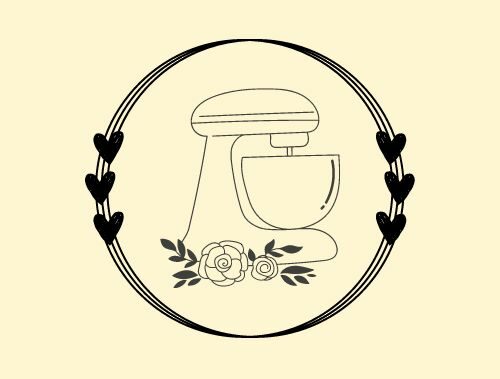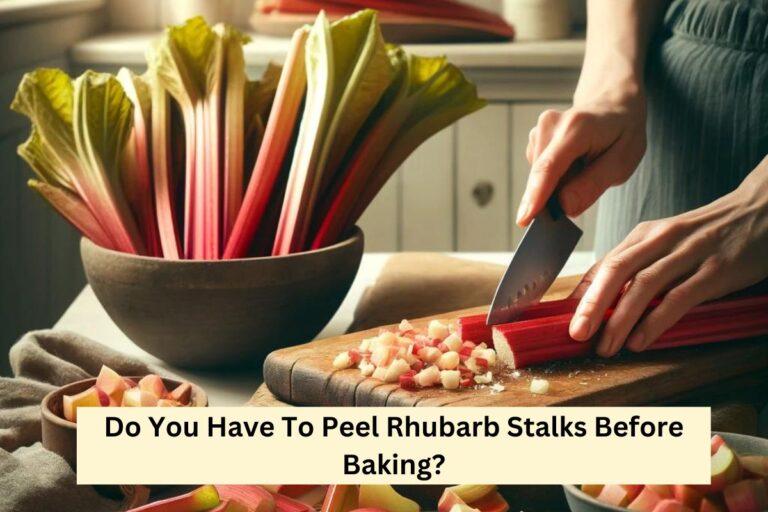- Immediate answer: No, it is not necessary to peel rhubarb stalks before baking. However, there are circumstances where you might want to consider it.
- Peeling can depend on the toughness of the stalks and personal texture preferences.
Rhubarb stalks can feel quite firm and a bit stringy, similar to celery. When rhubarb is young and freshly picked, it’s usually tender and might not need peeling. You can easily chew and enjoy it in your baked goodies without any extra work.
As rhubarb stalks get older or bigger, they can become tougher and more fibrous. This means they might have stringy bits that don’t soften up much when you bake them. If you don’t like the idea of finding tough strings in your dessert, peeling the rhubarb might be a good choice. This makes sure that every bite of your pie or tart is soft and enjoyable, how you like it.
When to Peel Rhubarb
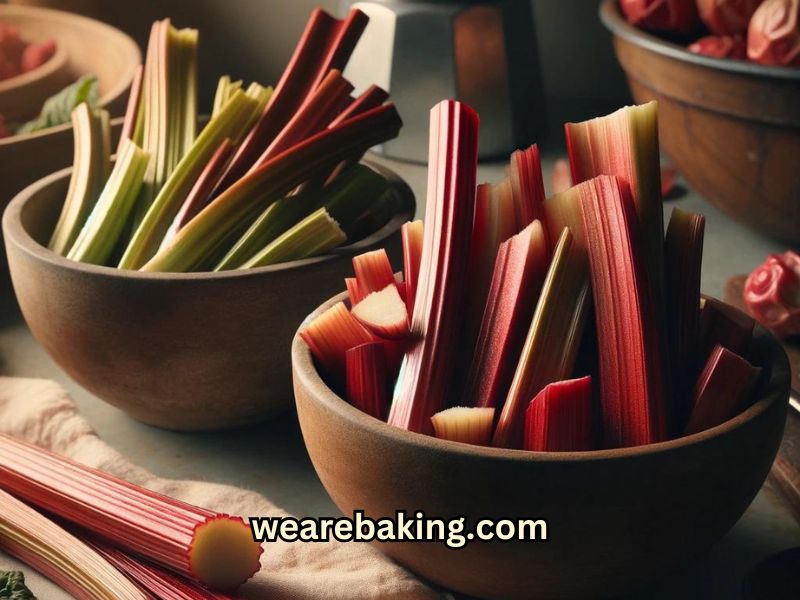
Sometimes, it’s a good idea to peel your rhubarb before baking, especially if you’re looking for a very smooth and tender texture in your desserts. If you’ve picked or bought rhubarb that feels very tough or has very thick stalks, peeling off the outer layer can help. This outer layer is where most of the stringiness comes from, and removing it can make your rhubarb softer and nicer to eat.
Peeling might also be a good move if you want your dish to look prettier. Rhubarb skin can be quite colorful, but it can also create uneven color patches in your dish when it cooks. If you’re tryin for a dessert that looks smooth and even in color, taking off the skin can help you get that.
Peel rhubarb if the stalks are tough, if you want a smoother texture, or if you want your dessert to have a consistent look. This little step can make a big difference in how your final dish turns out and feels in your mouth.
How to Peel Rhubarb

Peeling rhubarb is pretty easy and can make your desserts taste even better.
First, you need to pick the right tool. A vegetable peeler or a small knife will both do the job, but a peeler might be easier and safer, especially if you’re not used to using knives. Before you start peeling, make sure to wash the rhubarb under cold water. This cleans off any dirt and makes them ready for baking.
To start peeling, you need to hold one end of the rhubarb and begin peeling from the other end. If you’re using a peeler, press gently and slide it along the stalk to strip off the outer layer. If you’re using a knife, carefully place the blade under the skin and pull it away, making sure not to cut into the flesh too much.
After you’ve peeled a stalk, take a quick look to check if you’ve removed all the tough, stringy outer layers. If you missed any spots, go back and peel those areas.
Finally, you can throw away the peels or use them in your garden compost.
Recipes for Peeled Rhubarb

When you’re deciding whether to peel rhubarb for your baking, it’s good to consider what kind of dessert you’re making. Some recipes are just better with peeled rhubarb. Here’s a look at a few types of desserts where you might want to peel the rhubarb:
- Rhubarb Pies and Tarts: If you’re baking a pie or tart, peeling the rhubarb can help you get a smoother filling. This means no tough bits in your dessert, just soft, sweet-tart rhubarb that blends beautifully with the other ingredients.
- Rhubarb Compote: Making a compote involves cooking fruit until it’s soft and has released its juices. Peeled rhubarb can create a more uniform texture and flavor, perfect for spooning over ice cream or mixing into yogurt.
- Rhubarb Jams: If you’re into making homemade jam, peeling the rhubarb can help achieve a smoother consistency and clearer color, which makes your jams look and taste better.
- Soft Rhubarb Cake: In cakes where rhubarb is mixed directly into the batter, peeling the rhubarb ensures that every bite is tender and easy to eat, without any fibrous bits.
Remember, the choice to peel or not can depend on your texture preferences and the specific needs of the recipe you’re following. If the recipe doesn’t specify and you don’t like stringy textures, go ahead and peel the rhubarb. This little extra step can make a big difference in the enjoyment of your baked treats.
How to Use Unpeeled Rhubarb

If you decide to use rhubarb without peeling it, that’s completely fine! Start by selecting young, tender stalks, which are less fibrous and softer, ideal for baking. When preparing your rhubarb, chopping it into small pieces can be beneficial; smaller pieces cook more evenly and soften better, reducing the likelihood of encountering tough or stringy bits in your dish. It’s also important to choose recipes that are suitable for unpeeled rhubarb, such as those where the rhubarb is cooked down significantly, like in sauces or pie fillings. Ensure that you cook the rhubarb thoroughly; it should be allowed to break down well, which makes it softer and more palatable. While cooking, keep testing the texture. If the rhubarb remains too firm or stringy, continue cooking until it softens to your liking. Following these guidelines will help you achieve delicious results with unpeeled rhubarb, preserving its natural texture and enhancing your baking with its distinctive flavor.
Best Ways to Handle Rhubarb
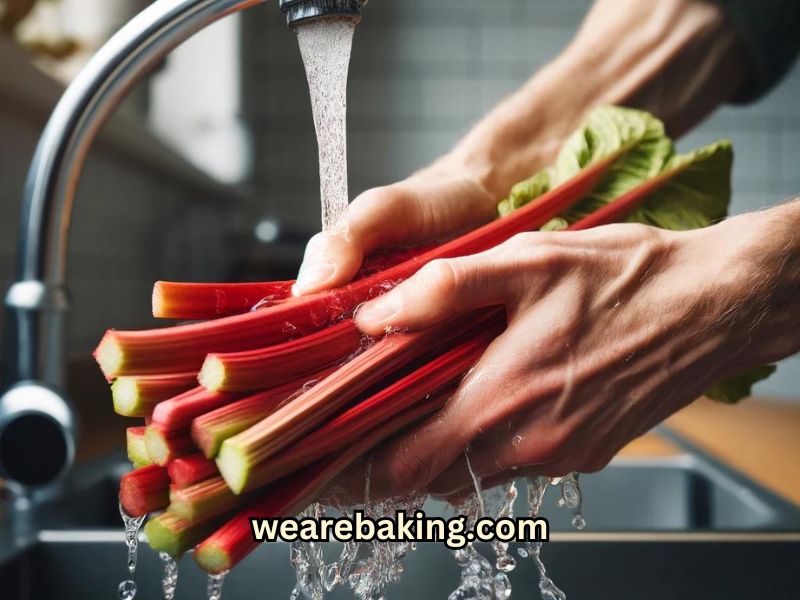
When you’re ready to bake with rhubarb, start by thoroughly washing the stalks under cold water to clean off any dirt or small insects. Next, trim the ends of each stalk, especially the top where the leaf joins, as rhubarb leaves are toxic and must be completely removed. Consider the size of the pieces you need for your recipe; if you’re not peeling the rhubarb, cutting it into smaller pieces can help it cook more evenly and soften properly. If you won’t be using your rhubarb immediately, you can store it in the refrigerator wrapped loosely in plastic wrap for up to a week. For longer storage, chop and freeze the rhubarb. Using the rhubarb soon after purchasing or harvesting ensures it remains less fibrous and maintains a better flavor, providing the best results in your baked goods. Following these steps will ensure that your rhubarb is well-prepared and preserves its vibrant flavor for all your baking needs.
Frequently Asked Questions
Q1: Does peeling rhubarb take away some of its good stuff?
A1: Yes, a little. Peeling rhubarb can remove some fiber because the skin has fiber in it. But the difference isn’t huge, so you still get most of the good nutrients from rhubarb.
Q2: Can I peel rhubarb ahead of time?
A2: You can peel rhubarb before you need it. After peeling, keep the stalks in the fridge wrapped in a wet towel or in a sealed box. They’ll stay fresh for a few days like this.
Q3: What if the rhubarb is really tough?
A3: If your rhubarb feels really tough, peeling it is a good idea. This takes off the hard outer layer. Also, cutting it into small pieces and cooking it well can make it softer and nicer to eat.
Q4: Does peeling rhubarb make it cook faster?
A4: Yes, peeling rhubarb can make it cook a bit faster. Without the skin, the softer inside part cooks quicker.
Q5: Are there any times when it’s better not to peel rhubarb?
A5: Yes, in some dishes like crumbles, where you want a bit of chewiness, you might choose not to peel it. The skin can add a little texture and color, making the dish look and feel nicer.
Final Thoughts
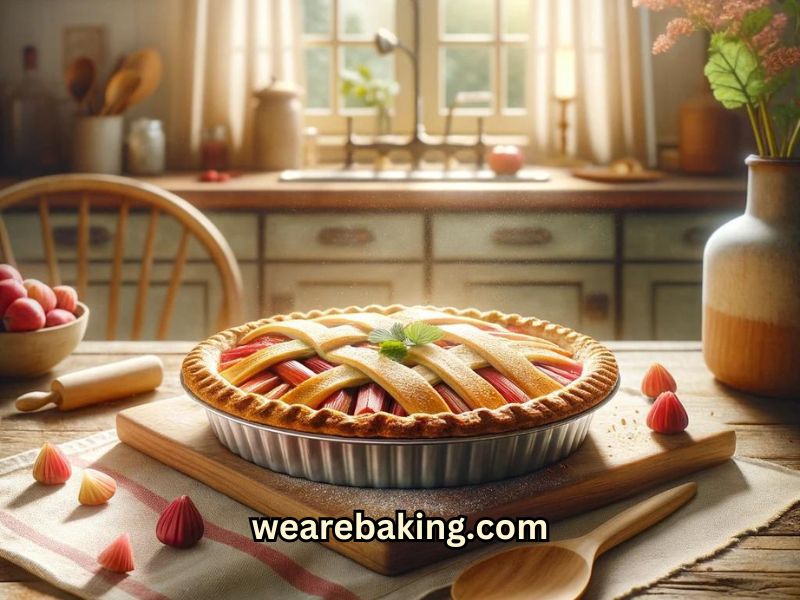
When you’re baking with rhubarb, whether you peel it or not is really up to you. If you like your desserts smooth and pretty, peeling the rhubarb might be the way to go. But if you don’t mind a little extra texture and a homemade look, you can leave the skin on.
Rhubarb is great because you can try it both ways and see what you like best. Each way of preparing it brings something different to your baking, so don’t be afraid to experiment and find out what you prefer.
🌟 Tips for First-Time Rhubarb Bakers 🌟 |
||
|---|---|---|
| Tip | Detail | Benefit |
| Selecting Rhubarb | Choose firm, crisp stalks with bright color. | Ensures fresh, flavorful results in your baking. |
| Preparing for Baking | Wash and trim the ends before use. | Removes dirt and minimizes waste. |
| Peeling Techniques | Peel older, tougher stalks for smoother texture. | Improves the texture and digestibility of desserts. |
| Brought to You by wearebaking.com | ||
What’s your favorite way to use rhubarb in your baking? Please leave me a comment below.
And As Always
Keep On Baking!
Taianne
Share the Love
Latest Posts
- Can I Eat Rhubarb Raw?
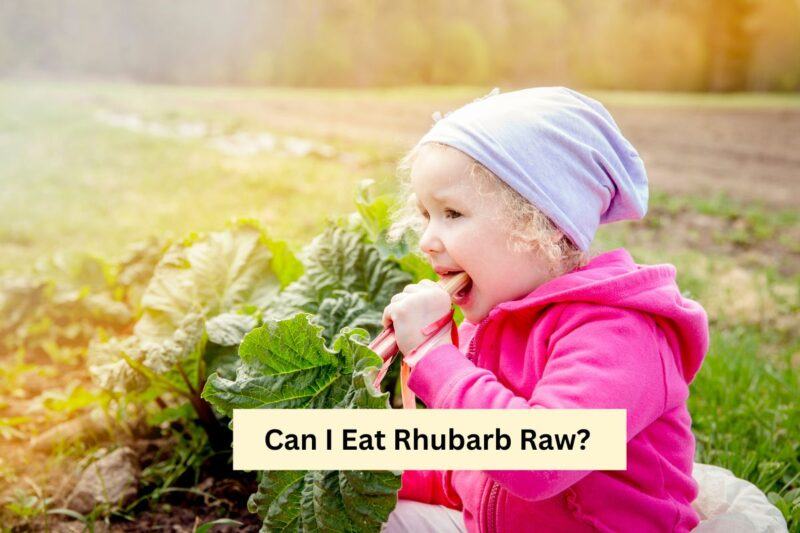
- Is Rhubarb A Fruit Or A Vegetable?
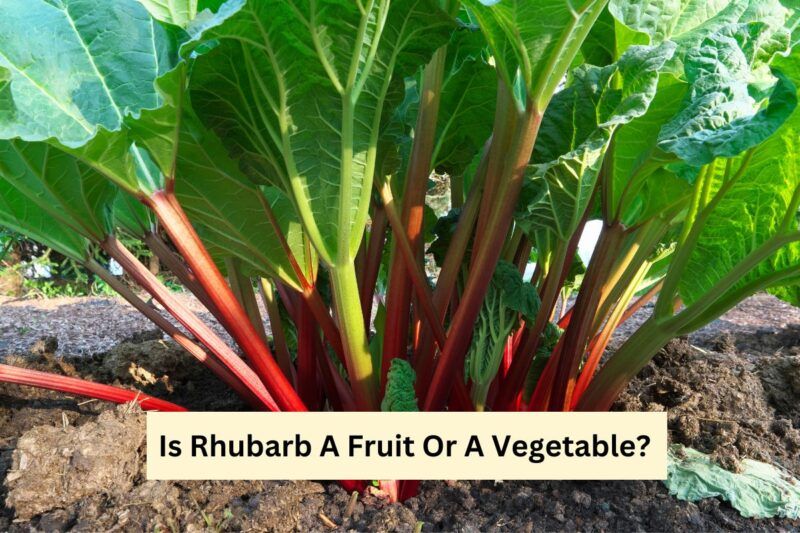
- Do You Have To Peel Rhubarb Stalks Before Baking?
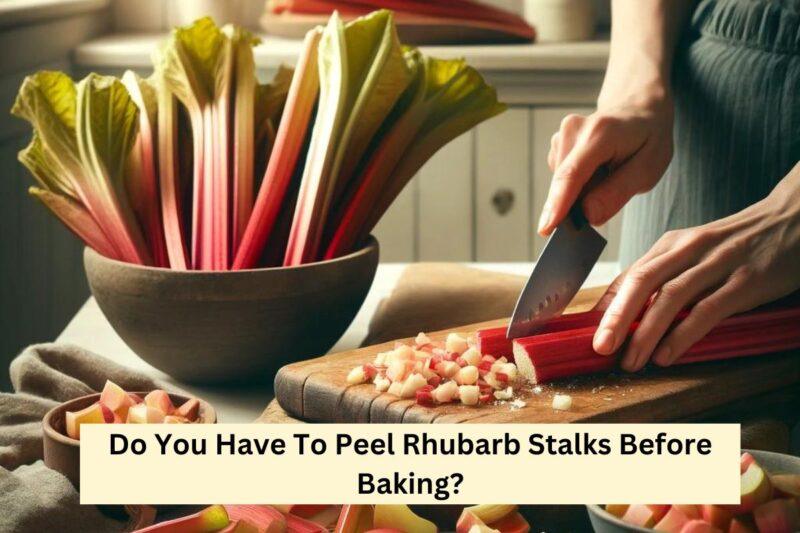
- Is Your Olive Oil The Real Deal Or A Counterfeit Con?
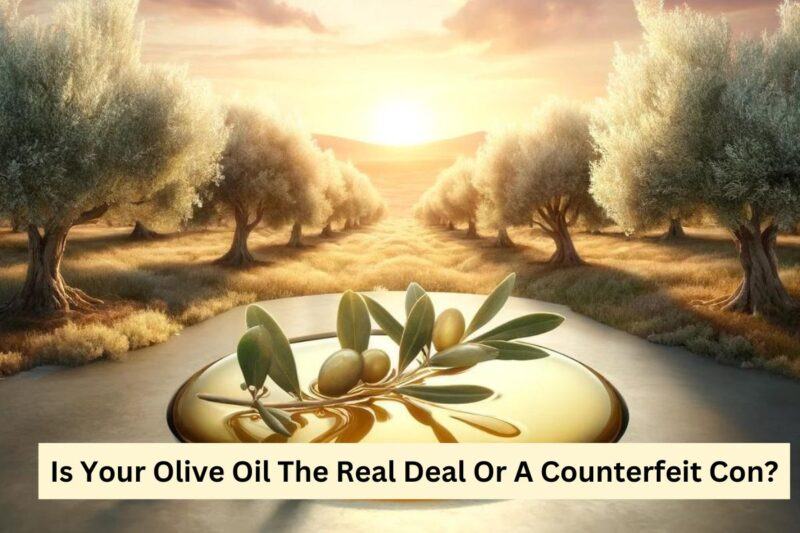
- What Is Cultured Butter And How Does It Enhance Baking Recipes?
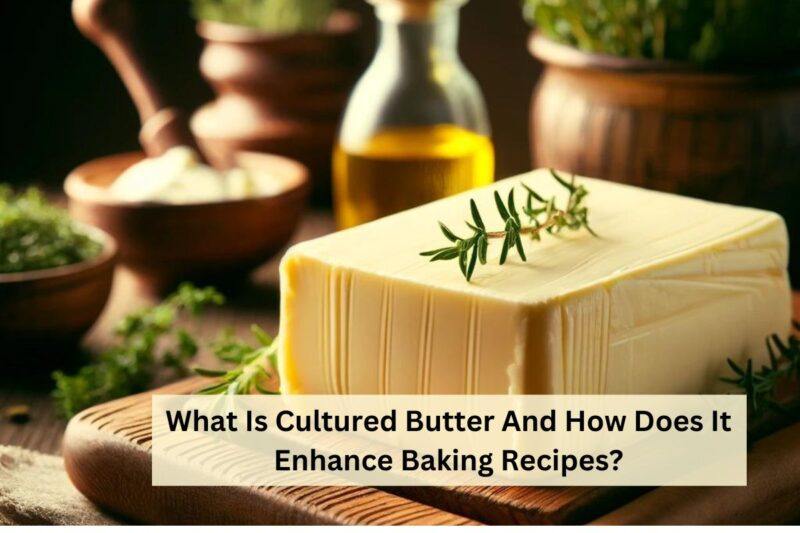
- Can Powdered Milk Replace Fresh Milk in Baking Recipes? Discover the Answer!
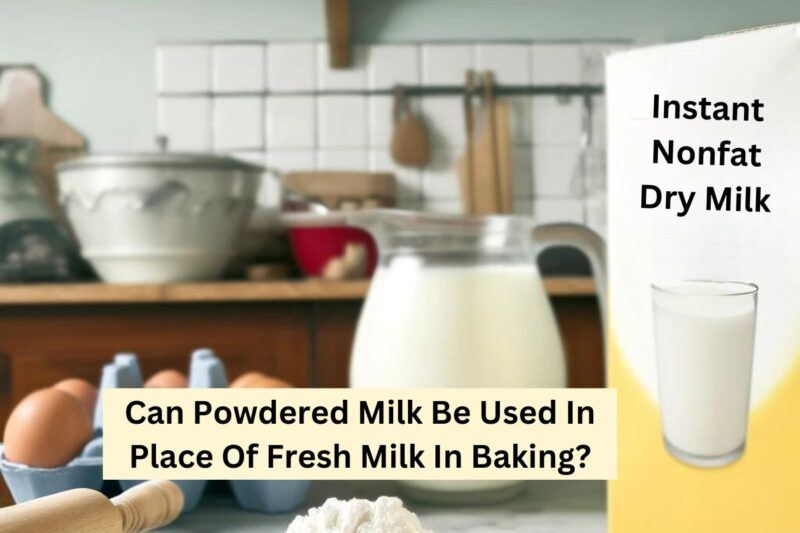

I’m Taianne, the owner and operator behind We Are Baking. Baking my first cake at age 11 hooked me on creating sweet treats. Though my interest faded during childhood, it was rekindled when I married my apple pie-loving husband. I love trying new recipes, tweaking classics, and helping others learn the science and art of baking. I started We Are Baking to share tips, tricks, and favorite recipes I’ve discovered over the years. When not in the kitchen, I enjoy spending time with family and friends. My goal is to inspire others to embrace their creativity through baking. Feel free to contact me with any questions!
Taianne@wearebaking.com
